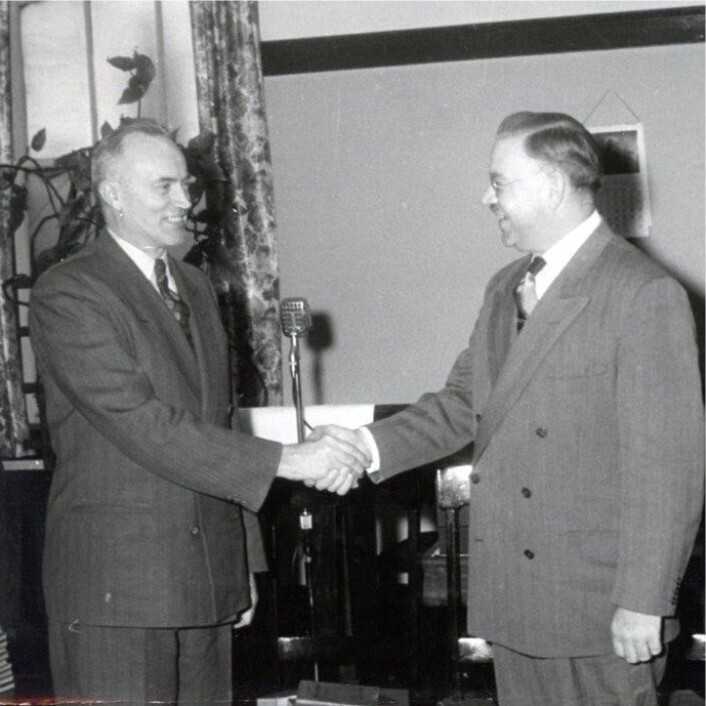Standing Within … and Without

During those early years of struggle, it was not the intention of the leaders and churches who stood opposed to the direction McMaster University was taking, to leave the Baptist Convention of Ontario and Québec. With the dynamic, and often outspoken, T. T. Shields, pastor of Jarvis Street Baptist Church, at their head, those who stood for the inerrancy of Scripture hoped and prayed that they could change the direction of the school and the convention from within. The appointment of L. H. Marshall as professor of Pastoral Theology in 1925 was that proverbial “straw that broke the camel’s back.”
“The challenge given to the Convention by McMaster University in the appointment of L. H. Marshall to a professorship there seemed to be the big one. To approve Professor Marshall was to renounce the evangelical purpose written into McMaster’s Trust Deed and was also to make plain to the entire Baptist constituency that the Baptist Convention of Ontario and Québec had departed from its original stand for the authority and infallibility of the Word of God. Dr. Shields…constantly kept the subject before the people of Canada through the pages of the Gospel Witness, which he founded in 1922 and of which he was the editor, was called upon once again to lead in what was to be the decisive struggle for Baptists in this land. The Baptist Convention must now choose…The convention held in 1926 was a fateful one. Dr. Shields, the champion of fundamentalism was censured by the convention. He was an outcast to that body but he was a stalwart to those who stood for the ‘faith once delivered to the saints’.”
The evangelicals met on October 21, 1926 to discuss what should be done. The Boards that functioned as part of the Convention had always been independent of the Convention. But when the McMaster problem started to brew, the Convention fused all its boards into one under McMaster’s banner. Home mission pastors were forbidden to speak about the controversy. Foreign missionaries had impressed upon them to need to keep silent. The evangelicals felt they could no longer support the work being done and determined that an organization within the organization might be the answer, “the organization of an Association of Regular Baptists within the Baptist Convention of Ontario and Québec to make possible the cooperation of such Regular Baptists in missionary and educational work and with authority to call a meeting for the foundation of such an Association at such time and place as the Committee shall determine, it being understood that it is intended that such an organization is to be without prejudice to the churches’ status as parts of the Baptist Convention of Ontario and Québec.”
The evangelicals continued to believe that if they stayed within the Convention they could eventually reverse the modernistic course. At a special convention called for January 11-12, 1927, the evangelicals met to form the “Regular Baptist Missionary and Educational Society of Canada.” If the Convention and McMaster returned to their evangelical roots, the evangelicals would be more than happy to disband their newly formed organization, but in the meanwhile, they began to make plans to work together in the areas of home missions, foreign missions, and evangelism.
Their hope was a vain one.
After Dr. Shields was expelled, the Convention managed to get the Government of Canada to issue a bill that would allow it to expel any church which it considered to be out of step with its aims and in 1927, the Convention made use of that power and expelled the 13 churches that had officially aligned themselves with the Regular Baptist Missionary and Educational Society of Canada.
What would be next?
